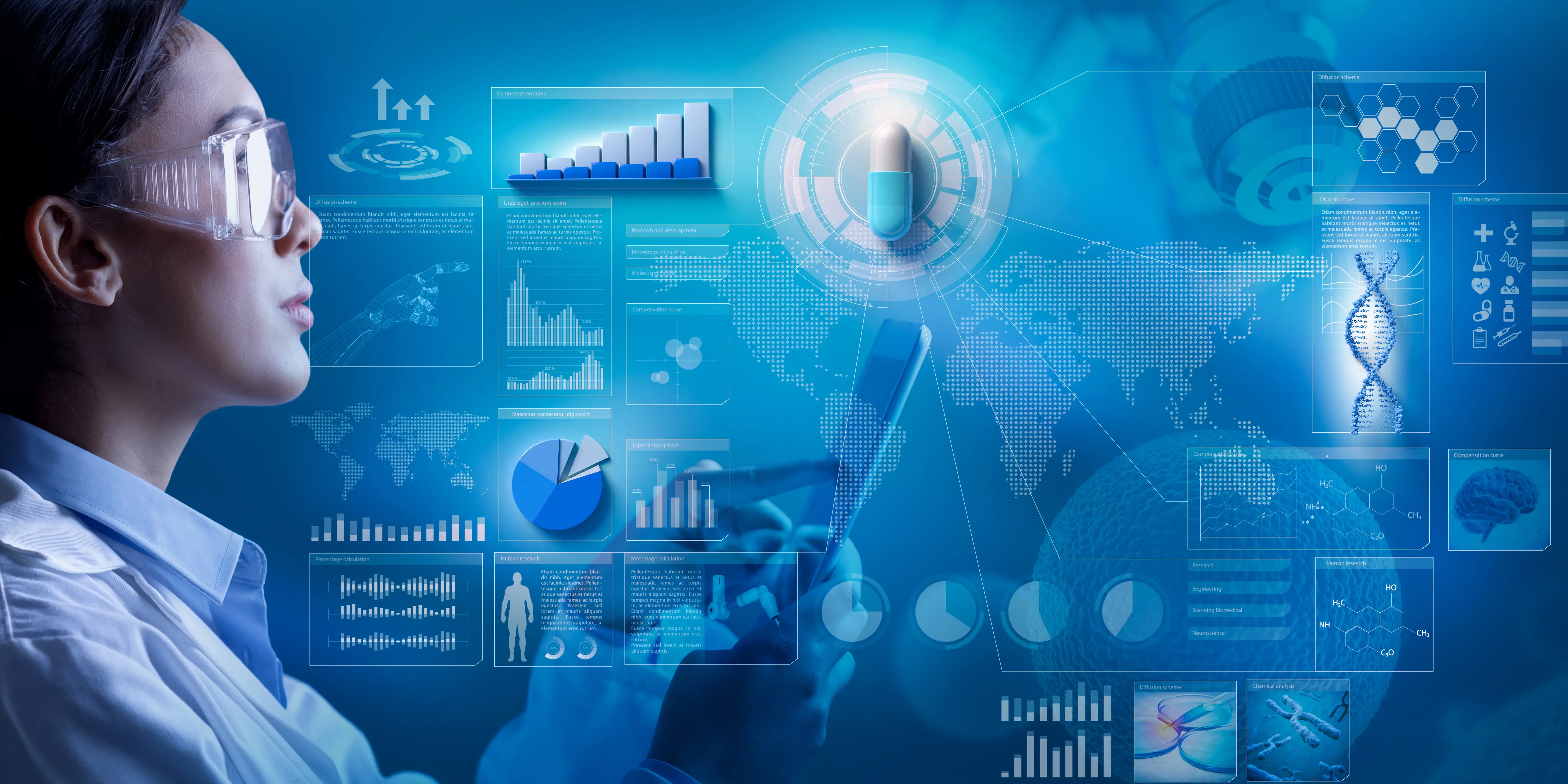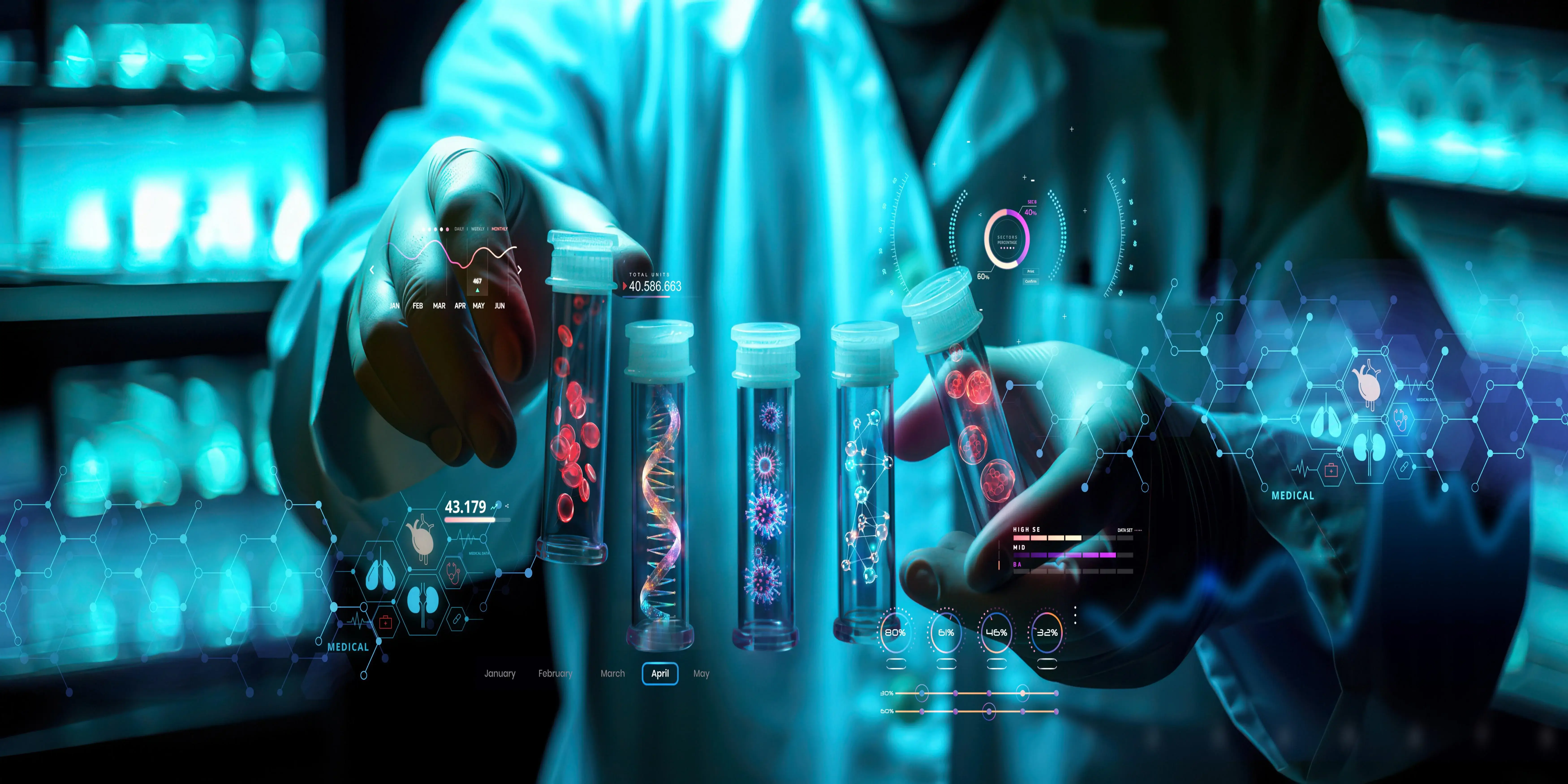Another critical component of medical diagnosis is specimen collection. These are samples obtained from a patient to trace, detect, and diagnose diseases. Reliability in the test depends mainly on how specimens are collected, handled, and preserved. The various specimens may depend on how the specimen needed should be. Some of the specimens include swabs, blood, urine, stool, and tissue. In this regard, every method has certain prerequisites and procedures to be adopted to minimize the chances of contamination by the sample, and this is highly important so that the correct and reliable diagnosis is made through the diagnostic test. Specimen collection plays a greater role than simply being convenient because it directly affects treatment results and even based on the success of treatments.
Blood Specimen Collection
Capillary Collections
Capillary blood sampling is preferred for people with difficult veins, the elderly, or newborns. This method of collection of blood will be done by pricking the skin to take a very small portion of the blood, mostly from the heel or the fingertip. Capillary sampling applies when only a trace amount of blood will suffice, such as in cases of testing for blood glucose or point-of-care testing. The site should be meticulously cleaned with an antiseptic solution to prevent contamination before pricking, and one must wipe away the first drop of blood to ensure that the sample is free of tissue fluids. Proper technique has to be used; otherwise, it will be painful to the patient or yield a poor-quality sample. The equipment used also should be appropriate; the lancet is suitable, and so is the micro-collection device with a microtube containing EDTA Solution.
Swab Specimen Collection
Swab specimen collection is essential in the identification of viral or bacterial infections. A good example is the throat swab. The specimen is collected by rubbing a sterile swab against the tonsils or back side of the throat in search of the pathogen that causes diseases, such as influenza or streptococcal infections. The practitioner should ensure that the specimen is processed so as not to come into contact with the mouth or saliva of the patient during collection. Moreover, throat swabs should always be processed immediately; if not, the sample would deteriorate, hence giving wrong results. Ideally, the swab should be placed in a suitable transport medium in which the viability of the organisms being tested is preserved. Nasal swab collection is similar in purpose but targets respiratory viruses like COVID-19 and influenza. This is when the healthcare provider will insert a sterile swab into a nostril to take a sample from the nasal cavity. Proper methodology there again ensures that enough is taken without discomfort to the patient. Like throat swabs, nasal swabs should be placed in a transport medium and transported quickly to the laboratory for analysis. Wound swabs are used to identify infections in open wounds or ulcers. A swab is used to gently massage the surface of a wound to collect any pus or discharge. The collected material is then cultured in the laboratory to allow determination of the type of bacteria, which helps dictate the appropriate treatment for the wound infection. During this collection, it is essential to prevent contamination from the surrounding skin, ensuring that the results are reliable.
Nasal Swab Collection
The nasal swab collection would help detect a viral infection, including COVID-19, influenza, and other forms of respiratory infections. This process takes place during surgery: a swab made from sterile material is placed inside the nostril to collect a specimen coming from the nasal cavity. Subsequently, the swab was brought into a transport medium and taken to the laboratory for diagnosis. Appropriate methodology would be required to make sure that an appropriate sample is obtained without causing harm to the patient.
Urine Specimen Collection
Clean-Catch Midstream Urine Collection
Urine is most commonly collected to assess the functioning of the kidneys, the excretion of a substance such as glucose or protein, or the identification of a disease. In routine urine testing, it is more often necessary to use a clean-catch midstream technique, especially when the reason for testing the urine is to detect urinary tract infections. The patient begins urinating, stops momentarily, and then continues urinating into a clean collection container. This ensures that all contamination from impurities that may be attached to the skin or lodged in the urethra does not contaminate the urine sample.
24-Hour Urine Collection
A 24-hour urine collection is the samples taken over an entire day. It provides a better picture than a single urine sample. All of the pee that the patient collects over an entire day starting with the pee of the second morning is in contemplation. To keep up the integrity of the sample, the urine collected is kept in a bulk container that may be refrigerated. It is used for estimating some of the hormones and electrolytes or in assessing how well the kidney is functioning.
Stool Specimen Collection
Fecal Occult Blood Test (FOBT)
The fecal occult blood test is a diagnostic screening test that detects hidden or occult blood present in the stool, possibly associated with colon cancer or gastrointestinal bleeding. During such a procedure, the physician will ask the patients to collect a small sample of their stools, which they then put on a test card created especially for the purpose. There, it becomes the chemical reaction that makes the test card change color if there is blood. The patient should be advised about their diet as regards their food intake before the test so that they may avoid red meat, some fruits, or certain drugs before the test as it may interfere with the result like NSAIDS.
Sputum Specimen Collection
Collection of sputum is a specimen of mucous or phlegm taken from the respiratory tract and lungs. It has common use in the investigation of respiratory infections such as chronic bronchitis, pneumonia, or tuberculosis. The patient usually is requested to cough up lots of sputum in a sterile container. Separate saliva and sputum to obtain a sufficient amount. Techniques for collection are optimized when the patient is instructed to take deep breaths and then forcefully cough.
Conclusion
For each kind of specimen, there exists a separate set of methodologies, which means specimen collection is a very important process in the finalization of medical diagnosis. Proper material collection, processing, and preservation of swabs and biopsies or blood and urine specimens will dictate the attainment of feasible diagnostic results. Elements of good specimen collection and containment encompass proper handling of all types of specimens to avoid contamination and protect the integrity of the specimen. Accurate specimen collection informs diagnosis while guiding treatment options and enhancing the patient's outcomes. Training and education about these methods of specimen collection by healthcare providers can greatly contribute to enhancing the quality of the diagnostic process, which will lead to better treatment and management of patients. The healthcare community will continue to improve diagnosis accuracy and patient safety when they make specimen collection a priority.



